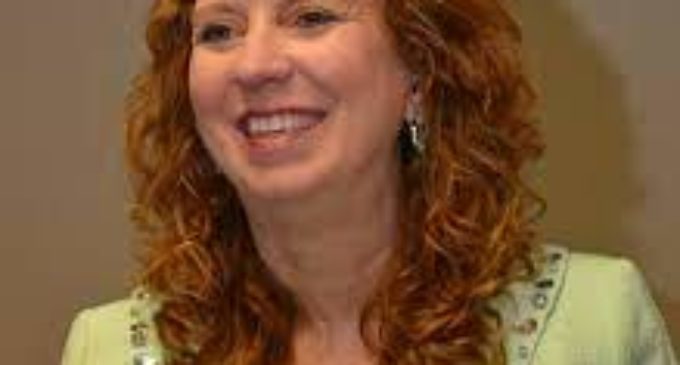STAFDA: Employee Retention About More Than Money

 A company’s culture is what can keep stand-out employees from quitting to go down the street for 50 cents more an hour, a “chief appreciation strategist” told participants of a Specialty Tools & Fasteners Distributors Association webinar.
A company’s culture is what can keep stand-out employees from quitting to go down the street for 50 cents more an hour, a “chief appreciation strategist” told participants of a Specialty Tools & Fasteners Distributors Association webinar.
Lisa Ryan recalled intrigue with the welding consumables industry drawing her into a job with Lawson Products where she was the only woman in the orientation class. She “fell in” by learning about metal preparation, joining assemblies and the “smell of welding.” But it was the culture of the company led by the boss that “kept me there” for seven years, Ryan recalled.
At a Premier Automotive Supply Co. picnic, new employee Ryan approached CEO Mort Mandel. He took interest in meeting her and in doing so created a fan. Traditionally it could be layers of management asking “if it is ‘okay’ if Lisa says ‘hello’ to Mr. Mandel,” she said.
Such personal contact can be lost in remote jobs. Particularly with working remotely during the pandemic the personal connection of “hallway conversations” are missed, Ryan found. To retain “human connections” with remote employees, Ryan suggested “keep the camera on” during remote meetings.
Often an employee departing is “not about the money. They are leaving you, they are leaving your culture,” Ryan said.
A positive company culture means the chance of employees leaving “goes down substantially.”
Ryan said she has known employees who have taken wage decreases – even 20% less money – for a better work culture.
The webinar, titled “How to Keep Your Top Talent From Becoming Someone Else’s,” Ryan refers to her experience in executive recruiting.
During meetings, Ryan advised asking employees to write down three things they are grateful for. Spending 10-weeks on the positives encourages employees to be happier, she finds. You’ll have fewer headaches with happier people than with crabby ones, Ryan finds. You can expect happy employees “to do more and complain less.”
Happy employees are ones you “are not afraid to send out to meet with a customer.”
It is part of what Ryan terms “gratigy,” or gratitude/strategy.
Employers should be looking for the one thing that really resonates with an employee rather than the “flavor of the week,” Ryan told the STAFDA webinar.
Ryan recommends a seven-point program for employee relations:
- Acknowledge excellence. While high performers have a six-to-one ratio of positive/negative feedback ratio, average workers come from three-to-one ratios. Conversely, low performers exhibit three negatives for every positive.
- Be accessible. Employees want access to company leadership – particularly younger ones, Ryan said.
- Express empathy. Your other employees will see and realize “they will have my back” in time of need.
“Remember, the camera’s on,” Ryan said. “Even your body language shows to employees,’ she pointed out.
If you show empathy, a certain number of employees will take advantage of you, but 97% will appreciate that you will assist them.
- Flexibility. Does every job have to be 8-to-5 or can working hours be adjusted for an employee due to babysitter availability or other situation?
- Conduct ‘Stay’ interviews. Employers traditionally conduct “Exit” interviews, but should add “Stay” interviews too.
Start by asking for three things the employees like. Then instead of asking the negative of what they “don’t like,” ask the positive of “If you were me, what changes would you make?”
Ryan said in the first round of “Stay” interviews, employees tend to “tell exactly what they think you want to hear,” but in subsequent sessions many tell more. And then they become more likely to stay with the company that wants their input.
- Invest in training. Many are reluctant to pay for training because the employee leaves. But Ryan asks: “What if you don’t train them and they stay?”
She suggested offering $1,500 to employees for a variety of training programs. That can be lunch and learn, sending an employee to a trade show or even participating in a group such as Toastmasters.
An outside trainer brought in for sessions “can say some things, but employees hear it differently” than from a boss, Ryan noted.
The 3% to 5% who take advantage of the training “are your future leaders,” Ryan predicted.
- Thank your people. Ryan recalled that while a salesperson in the welding division of Lawson Products, the boss hand wrote a compliment on her commission statement.
A commendation mailed to home may end up on the refrigerator along with the kids’ art work, she added.
The webinar is available to STAFDA members. Web: STAFDA.org


There are no comments at the moment, do you want to add one?
Write a comment